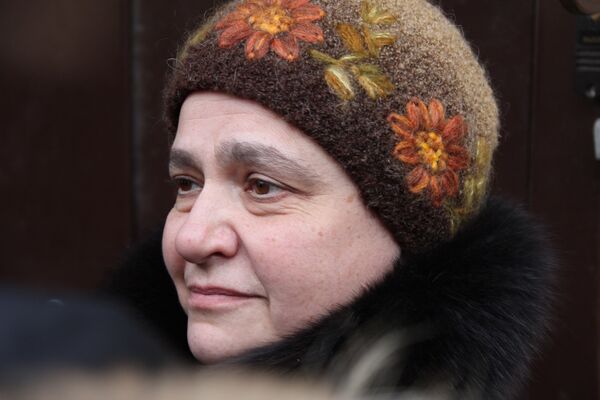MOSCOW, February 5 (RIA Novosti) – A prominent art expert was detained in Russia on accusations of misattributing a painting in a case that illuminates the murky complexities of Russia’s art market.
Yelena Basner faces up to a decade in jail over a painting attributed to Russian pre-revolutionary avant-garde painter Boris Grigoryev that was sold for $250,000.
The painting, allegedly appraised by Basner in 2009, was proven in 2011 to be a fake.
Basner, a former employee of the Bukowskis auction house as well as the Russian Museum in St. Petersburg, was detained by the Investigative Committee last week.
The arrest of the 57-year-old expert on the Russian avant-garde movement, who has vehemently denied guilt, sparked outrage in the Russian museum community.
A petition drive to free her was launched, and Hermitage Museum director Mikhail Piotrovsky called on Monday Basner’s placement in custody “spitting on the intelligentsia.”
Basner’s supporters have claimed she could have been framed for research she has performed to expose fraud, not perpetrate it.
Basner was behind a study that proposed a method capable of irrefutably proving whether a painting was created before or after 1945, the start of the atomic age. According to the study, all paint created after 1945 contains microscopic amounts of radioactive isotopes, spread across the planet as a result of nuclear testing, that are absent in paint created before that date.
The study can have deep ramifications for the lucrative Russian art market, which deals primarily in artworks created in the 19th and early 20th century. Provenance of such artwork is often hard to establish due to the turmoil that followed the 1917 Revolution, which, coupled with the relative inexperience of many buyers, has led to a thriving market in fakes.




